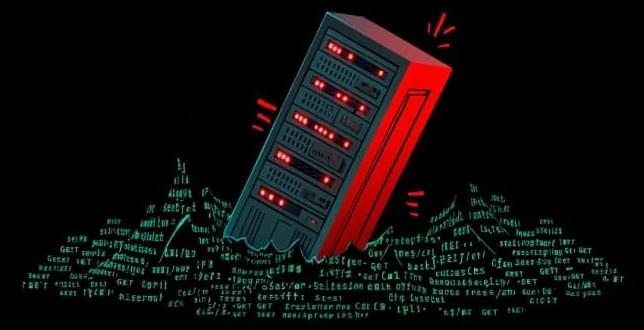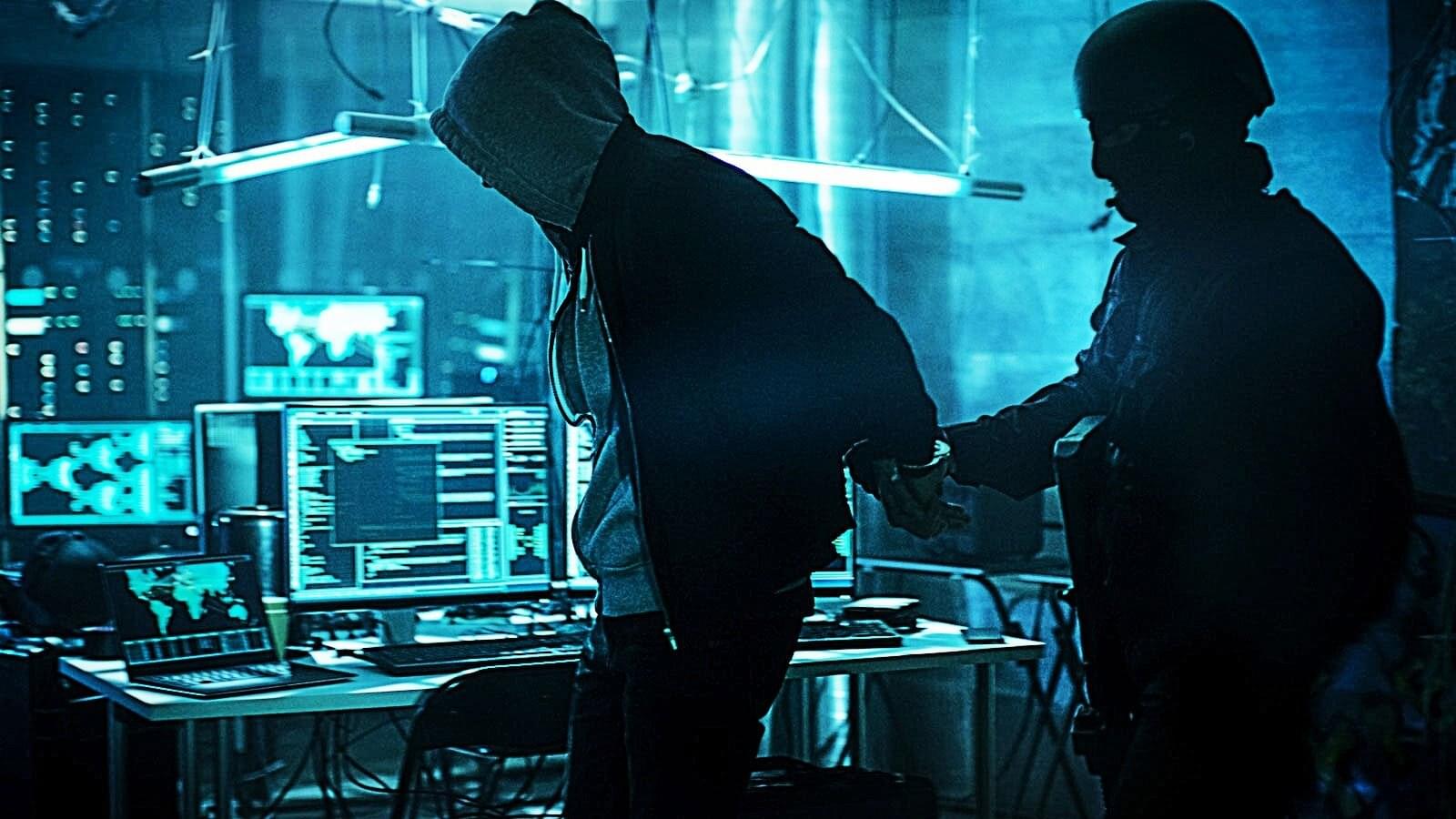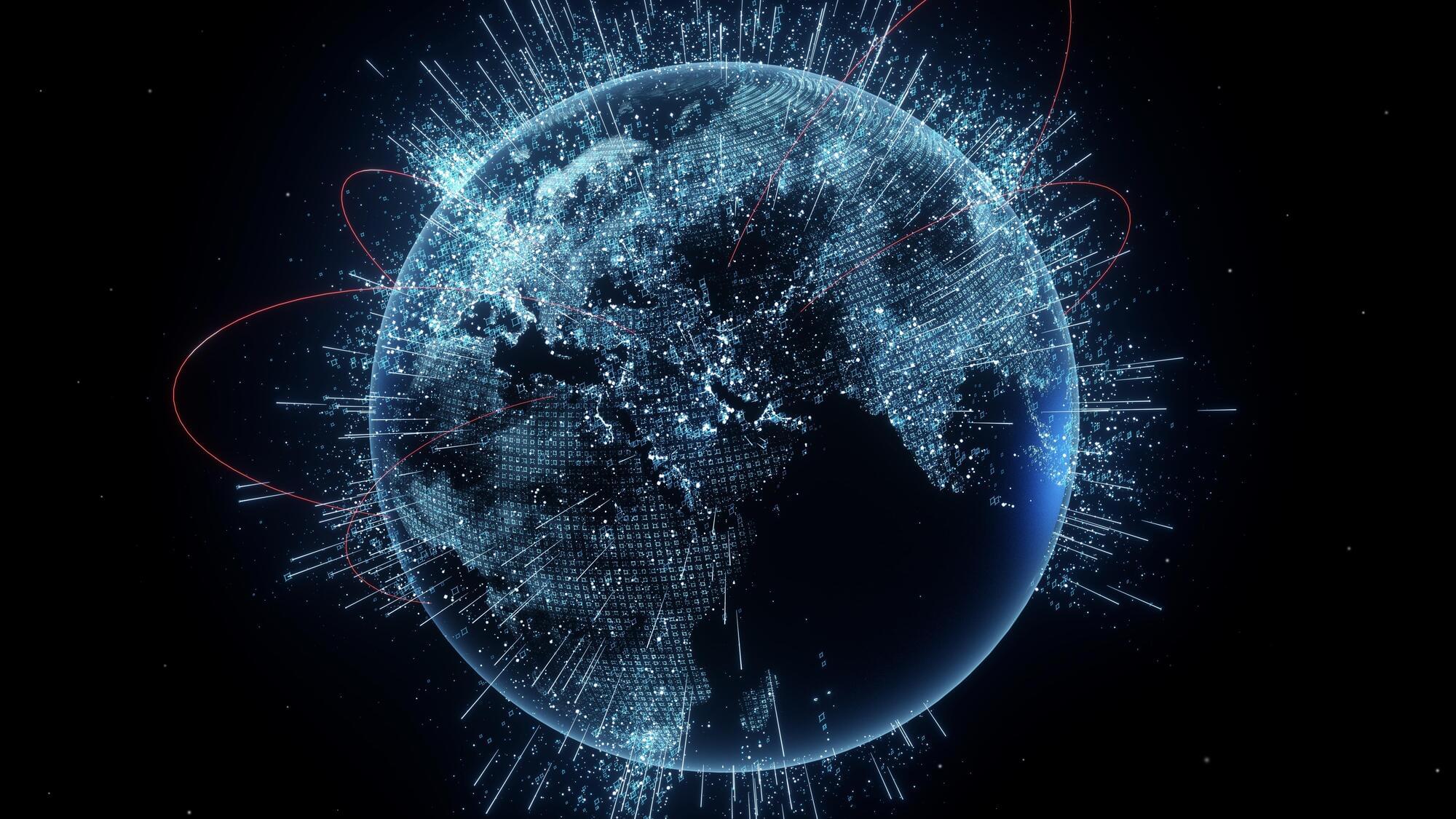Bubbles burst when their caps rupture. Children discover this phenomenon every summer day, but it also underpins key mechanisms for the spread of pollutants, contaminants, and even infectious disease through the generation of aerosol droplets. While bubble bursting has been extensively studied in pure substances, the impact of contaminants on bursting dynamics has not received widespread attention.
Researchers in The Grainger College of Engineering at the University of Illinois Urbana-Champaign have conducted a systematic study to investigate bubble-bursting jets—aerosol particles sprayed when bubble surfaces rupture—when surface contaminants are present. The laboratory of mechanical science and engineering professor Jie Feng developed a model predicting the influence of contaminants on jet size and experimentally confirmed it.
The study is published in the journal Physical Review Letters, where it was selected as an Editors’ Suggestion.









